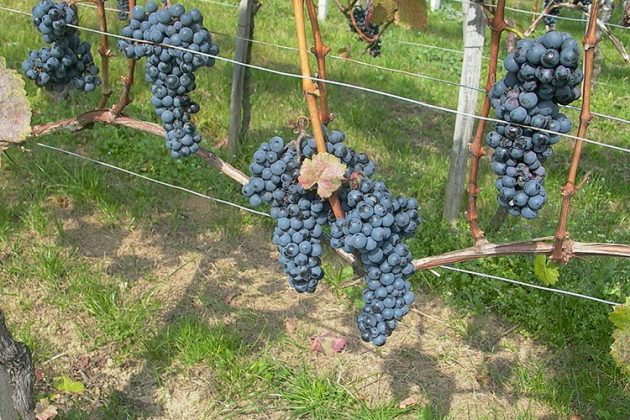Looking for unbeatable value? We asked six Decanter experts to choose the region or wine they feel is seriously underrated, and recommend the 12 bargains that you should snap up.
Burgenland Blaufränkisch – Stephen Brook
Blaufränkisch is not exclusive to eastern Austria – it’s also known as Kekfrankos in Hungary and Lemberger in southern Germany. But it does seem to deliver its best results in Austria’s Burgenland, alongside the Hungarian border.
The grape has a high natural acidity, so has to be picked at good ripeness to avoid astringency. It’s also a variety that is easily dragged down by high yields and clumsy winemaking. Fortunately the days of trial and error in Austria are long past. No serious producer will overcrop Blaufränkisch any more, so stringy, bitter wines are mercifully hard to find.
There is less agreement on how to age the wine, however. Throughout Burgenland you will find a diversity of styles – something that should be regarded as a strength. Lighter versions will be aged in casks or tanks to preserve the primary aromas and fruit. The result should be a refreshing, zesty red wine for relatively early consumption.
In contrast, Blaufränkisch is often aged in barriques. In the 1990s it was fashionable in Burgenland to use as much new oak as possible. Today the wines – even the oakier ones – are far better balanced.
This is where the variety really comes into its own. A concentrated, sensitively oaked Blaufränkisch is a wine of character, complexity, and staying power. It pushes the variety into the same league as a seriously good Syrah, Cabernet Franc or Sangiovese, but at a sensible price. True, some single-vineyard bottlings have become ‘cult’ wines that fetch silly prices within Austria, but there is no shortage of stunning wines between £15 and £30.
The best zone around the Neusiedlersee is Leithaberg, a range of well-drained limestone hills that produce elegant wines. However, further south in Mittelburgenland, a region of rich clay slopes, Blaufränkisch is truly at home, producing fullbodied wines of richness and weight. And even further south, in Südburgenland, slate gives a very different character to the wines.
So from a stylistic point of view, consumers are spoilt for choice. Furthermore, the wines come in a wide band of prices, from inexpensive but moreish cask- or tank-aged styles to denser and more structured wines that fetch high prices. However, it is not difficult to find wines that over-deliver in terms of quality.
My top producers from Leithaberg would include Paul Achs, Pittnauer, Prieler, Ernst Triebaumer and Umathum. From the Mittelburgenland, seek out Albert Gsellmann, Silvia Heinrich, Iby and Paul Kerschbaum; and from the Südburgenland, try Krutzler and Schiefer.
Brook recommends:



